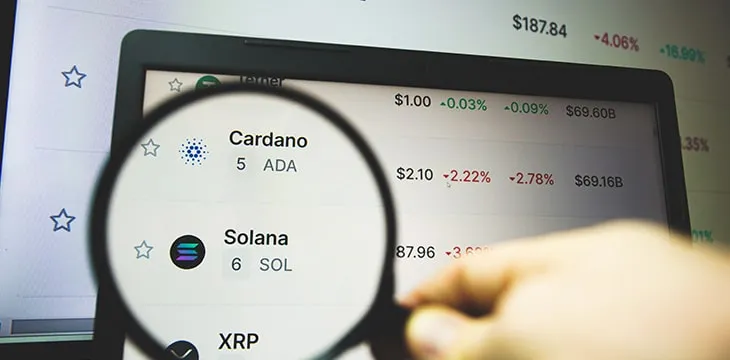|
Getting your Trinity Audio player ready...
|
Things just keep going from bad to worse for Solana. After dealing with several humiliating blockchain failures in the past year, during which developers had to switch the blockchain off and restart it to regain functionality, Solana just lost $320 million worth of Ethereum from its DeFi token bridge ‘wormhole.’ That’s 90,000 ETH tokens in all.
CoinGeek’s own Kurt Wuckert Jr explained that this happened because of exploits that can happen on account-based state machines (Ethereum clones).
#Solana just had $200m+ in #ETH stolen out of its Defi token bridge “Wormhole” due to the sort of exploits that happen on account-based state machines (Ethereum clones.)
I’m not here to rub it in. If there’s a way BSV can help #SOL increase data integrity or persistence, LMK.
— Kurt Wuckert Jr | GorillaPool.com (@kurtwuckertjr) February 3, 2022
What is ‘Wormhole,’ and what happened?
Wormhole describes itself as an “interoperability protocol powering the seamless transfer of value and information across seven high-value chains with just one integration.”
That’s word salad for a protocol that allows users to move digital assets across several dysfunctional, unscalable blockchains that don’t need to exist in the first place. It runs on Ethereum, Solana, Tera, and several other blockchains with a strong emphasis on decentralized finance (DeFi).
According to an analysis reported by TechCrunch, the attacker took advantage of an exploit in the bridge between the Ethereum and Solana blockchains. Bridges are combinations of smart contracts that enable interoperability between blockchains. The attacker minted 120,000 wETH and then bridged 10,000 ETH and 80,000 ETH within 25 minutes.
Alright. I figured out the Solana x Wormhole Bridge hack. ~300 million dollars worth of ETH drained out of the Wormhole Bridge on Ethereum. Here's how it happened.
— smartcontracts.eth (✨🔴_🔴✨) (@kelvinfichter) February 3, 2022
There’s no need for any of this to happen
The blockchain industry is still in its early stages of understanding, and in time, participants will come to realize that there is no need for bridges because there’s no need for multiple blockchains in the first place. The original Bitcoin protocol (BSV) scales infinitely, is capable of complex transactions involving smart contracts, and you can mint tokens on it for different purposes.
If even half the energy that is spent on playing around with hobby blockchains like Ethereum and Solana was spent on building on and scaling Bitcoin (BSV), the industry would be in a much different place. Thankfully, there are competent people working on scaling it, and they’ve restored its original capabilities, but it’s still worth pointing out that there’s a ton of wasted energy in this industry and that these exploits and hacks don’t need to be a reality at all.
With Bitcoin’s UTXO model, such exploits don’t happen. One would almost think that Satoshi Nakamoto knew what he was doing when he painstakingly designed Bitcoin over decades.
Solana is account-based, not UTXO based. In that regard, it's an ETH clone. If you don't understand this, you don't understand the conversation here. UTXO-based solutions like Bitcoin (BSV) and SegWit-coin (BTC) avoid the sync issues of account-based blockchains.
— Stein H Ludvigsen – Bitcoinˢᵛ (@SteinLudvigsen) February 3, 2022
How long will users and application developers tolerate broken promises, dysfunctional blockchains that have to be restarted and that don’t scale, and mass theft and fraud before they realize the truth? The Wormhole exploit is just the latest in a long line of avoidable financial heists in “crypto.” It doesn’t have to be this way. To repeat a well-known mantra: Bitcoin (BSV) fixes this.
Follow CoinGeek’s Crypto Crime Cartel series, which delves into the stream of groups—a from BitMEX to Binance, Bitcoin.com, Blockstream, ShapeShift, Coinbase, Ripple,
Ethereum, FTX and Tether—who have co-opted the digital asset revolution and turned the industry into a minefield for naïve (and even experienced) players in the market.

 07-02-2025
07-02-2025 





